A brief history of colored game cartridges
One of these things is not like the other

Standard color: As with Atari, most of the Genesis’ carts were black. Notice though the shift from black label/old logo to red label/new logo, displayed here with Sonic 2 (black) and then Sonic 3 (red). In some circles (i.e. mine), the red label is associated with the beginning of Sega’s perpetual mishandling of its hardware, ultimately leading to the company exiting the hardware race altogether in 2002.
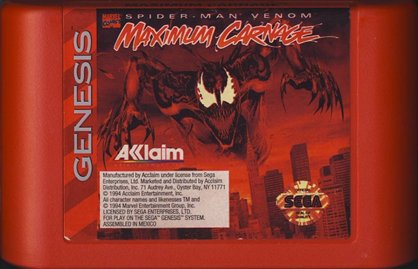
Special color: I searched far and wide for deviant Genesis carts and all I could find was this red cart for Maximum Carnage, a Spider-Man beat ‘em up based on the gratuitous comic book miniseries.
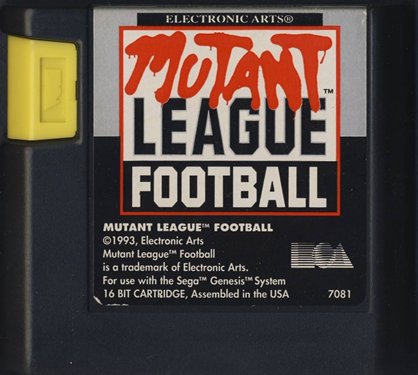
Funny how few colored carts there were when EA was allowed to publish its games in these strange cases with giant yellow plugs in the side. Why were they huge and unshapely? Because Sega never gave EA a proper development kit, forcing the formerly underdog EA to build one itself.
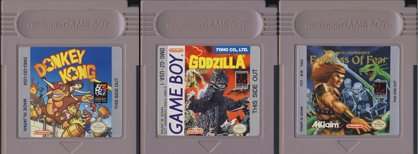
Standard color: That same NES grey we lusted over in the ‘80s.
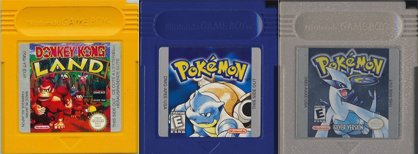
Special colors: Obviously we all know Pokemon shipped on game-specific carts (Red, Blue, Gold, Silver and so on) but don’t forget 1994’s Donkey Kong Land. Oh, you did forget it? That’s OK.
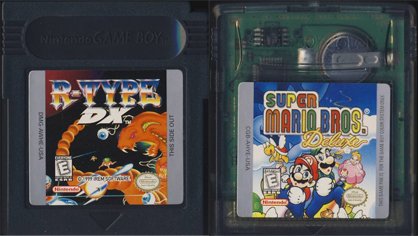
The launch of the Game Boy Color in 1998 required two new types of Game Boy carts – solid black for games that play in both Game Boy and Game Boy Color, and clear for Color-exclusive games. Man, you’re learning so much today.

Standard color: Again, grey is Nintendo’s color of choice.
Sign up to the GamesRadar+ Newsletter
Weekly digests, tales from the communities you love, and more

Special colors: Red and black. Both Doom and the aforementioned Maximum Carnage were the former, while arcade darling Killer Instinct arrived draped in black. Even with all the SNES games released, only these three were deemed special enough for a colored cartridge. Restraint made them matter. The next console took the opposite approach, nearly sapping the importance right out.
Next page: Nintendo 64, Game Boy Advance and modern-day equivalents!
A fomer Executive Editor at GamesRadar, Brett also contributed content to many other Future gaming publications including Nintendo Power, PC Gamer and Official Xbox Magazine. Brett has worked at Capcom in several senior roles, is an experienced podcaster, and now works as a Senior Manager of Content Communications at PlayStation SIE.



